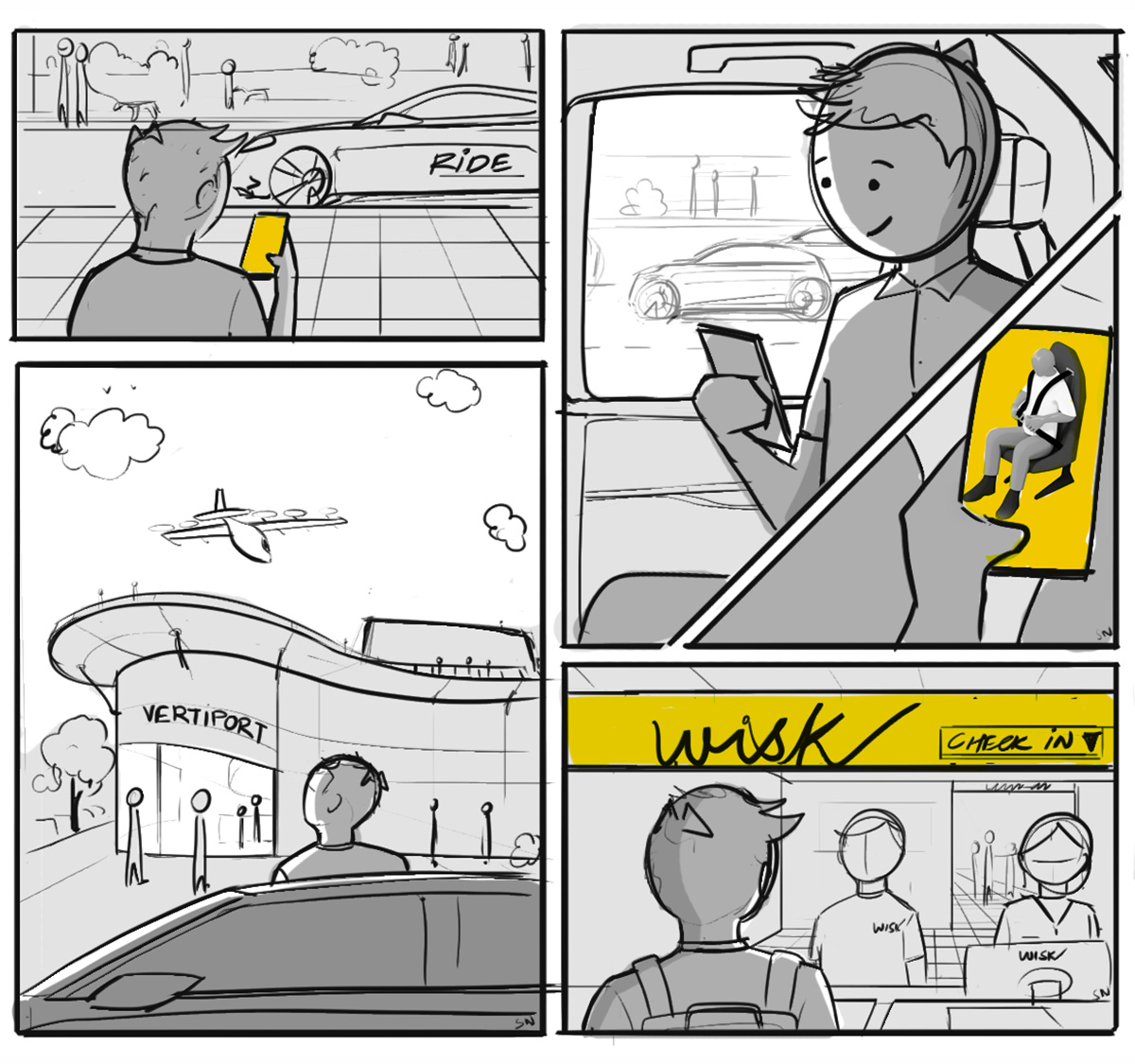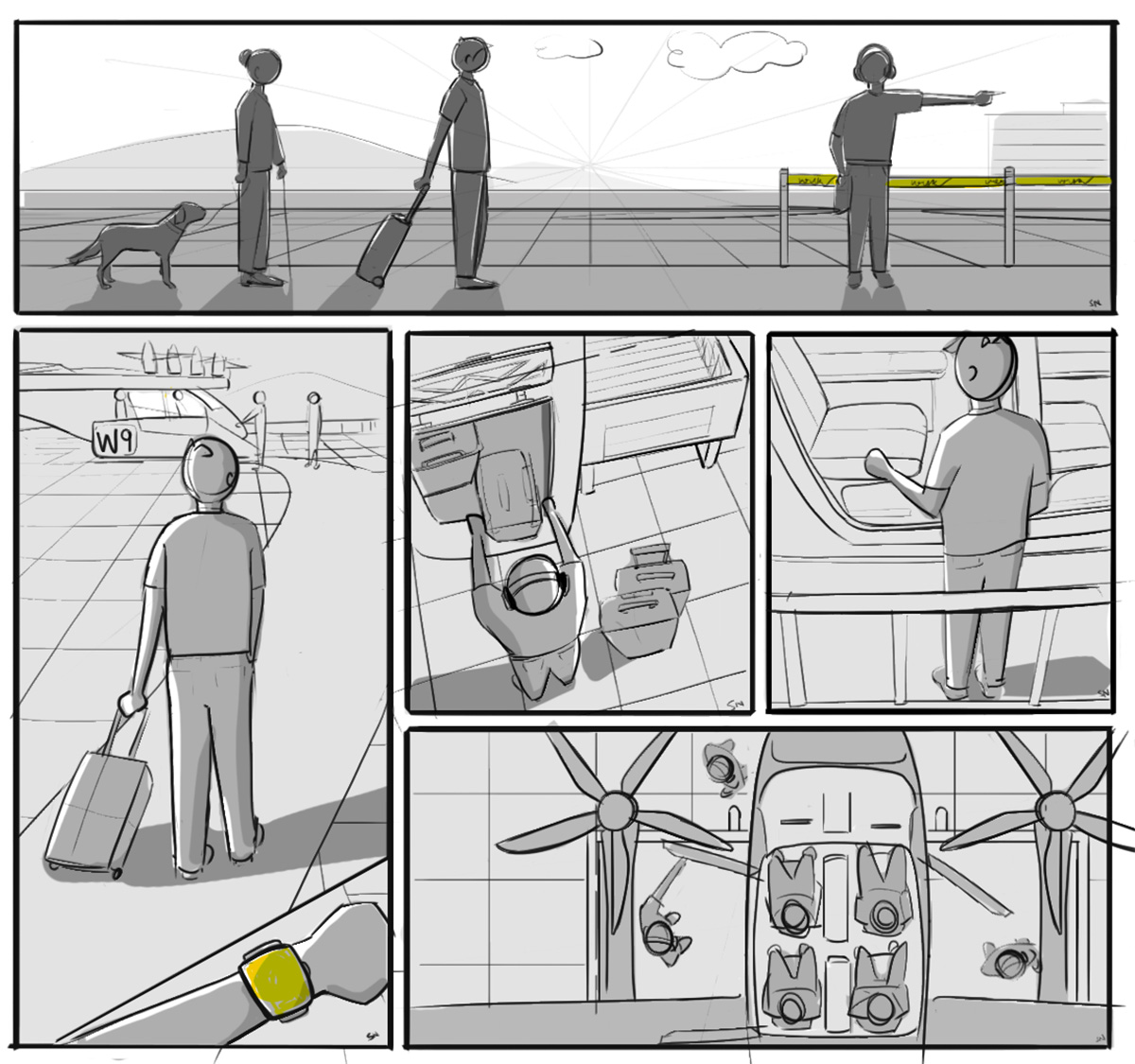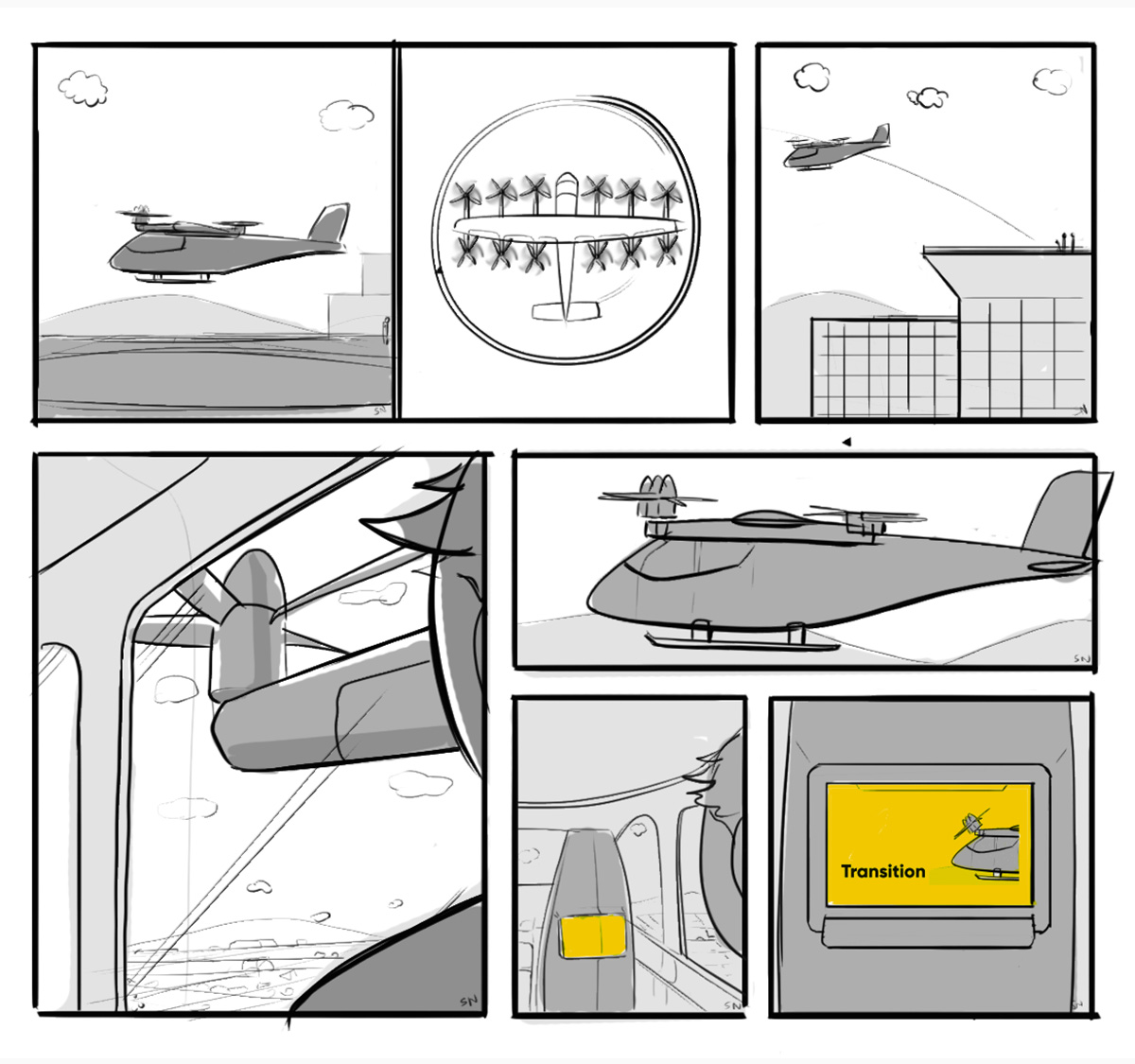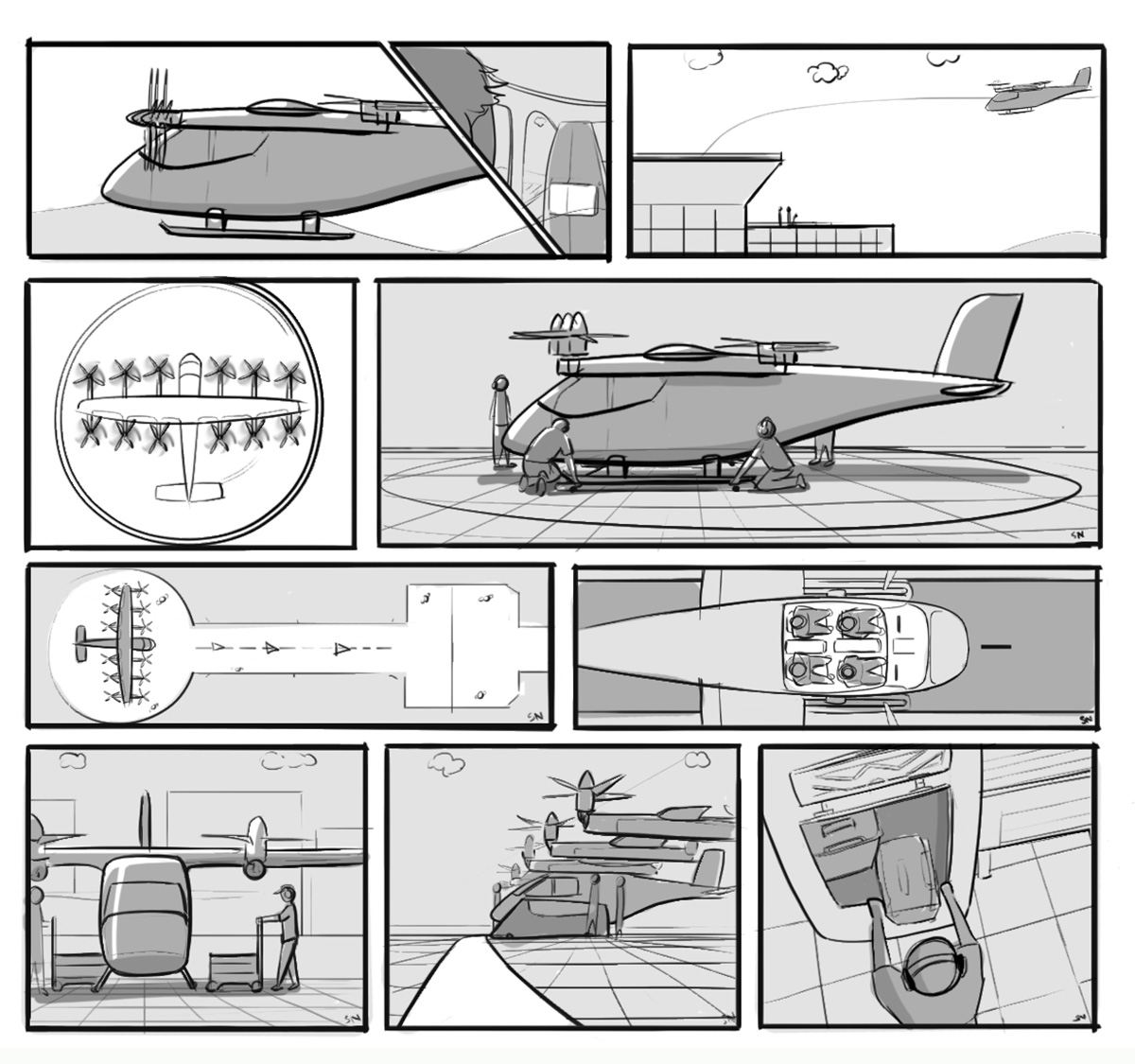At the heart of the Urban Air Mobility (UAM) industry lies our Generation 6 self-flying, electric vertical takeoff and landing (eVTOL) aircraft. Backed by an advanced ground system, we’re not just redefining aviation — we’re making safe everyday flight a reality for everyone.
In the rapidly developing Urban Air Mobility (UAM) sector, Wisk believes that success encompasses more than just sophisticated hardware and software — it’s deeply rooted in the passenger experience. “Navigating the uncharted landscape of UAM demands not just innovation but also imagination and ingenuity,” states Saurabh Nimsarkar, Staff UI/UX Designer at Wisk. Nimsarkar further notes, “Wisk isn’t merely staying ahead of the curve; we are actively shaping it. By employing design-centric methodologies like storyboarding, we anticipate and effectively address potential challenges.”
Why Storyboards?
At first glance, it may seem puzzling to connect storyboarding, a technique deeply rooted in film and media, with the precision-focused aviation industry.
The aviation sector has long been anchored in requirements-driven systems engineering. Yet, a recent paper from NASA titled “Unifying Human Centered Design and Systems Engineering for Human Systems Integration” underscores the transformative potential of blending human-centered design methodologies into this technical framework. Human-centered perspectives focus on the adaptive needs of organizations and individuals and avoid a fixation on technology-focused requirements. The paper indicates that there is a noticeable misunderstanding between how requirements are initially established, how they are conveyed, and how they are ultimately understood and implemented.
At Wisk, we’ve recognized the value of this multi-disciplinary approach and have adopted storyboarding as a pivotal tool. Be it technical nuances or experiential aspects, storyboarding aids in comprehending, articulating, and pinpointing gaps. Beyond mere understanding, it serves as fertile ground for innovation, fosters enthusiasm, catalyzes swift feedback, and aligns stakeholders. In essence, at Wisk, storyboarding is not just a tool but a philosophy, driving clarity, collaboration, and customer-centricity.
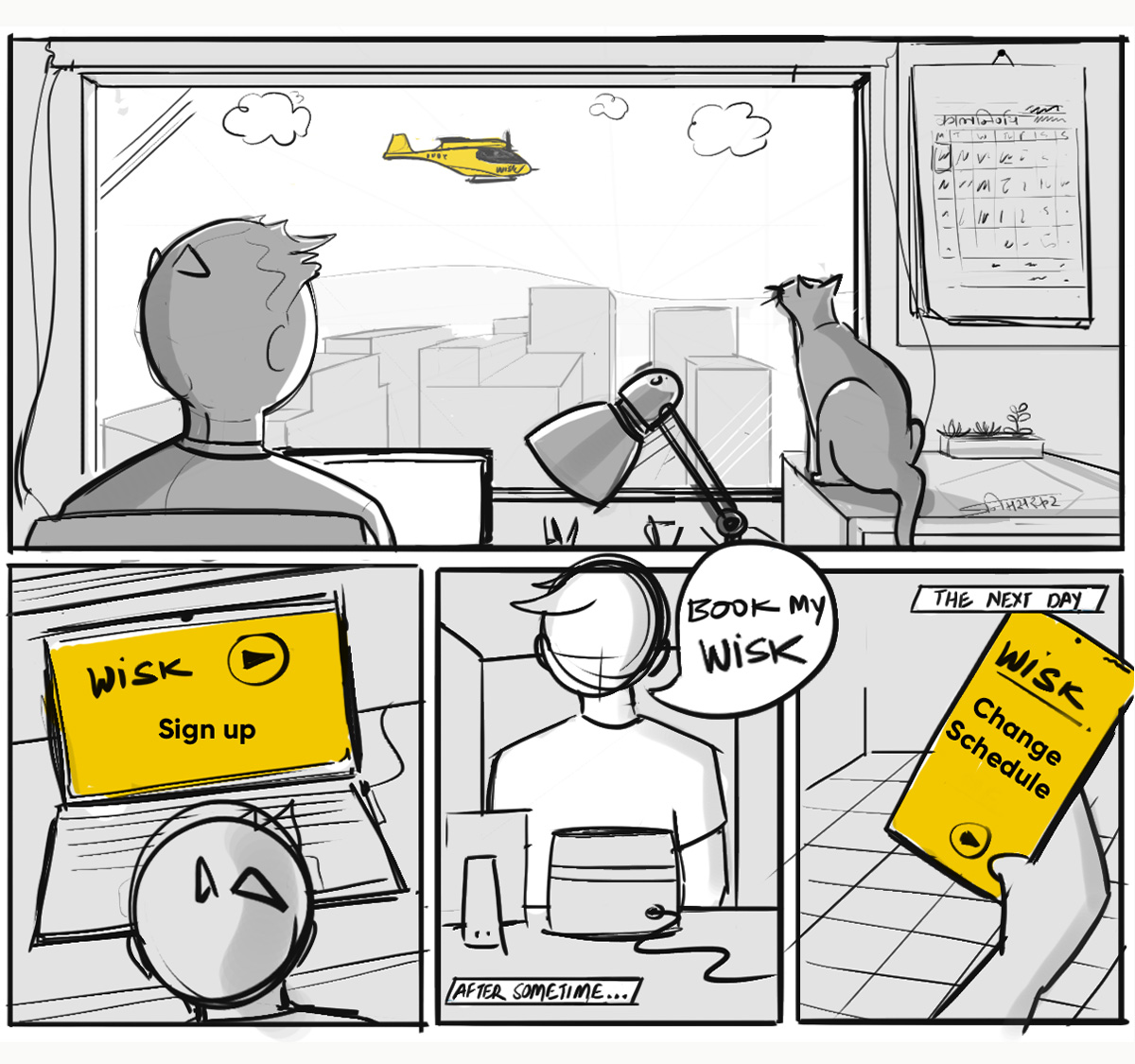
Using Storyboards to Create the Passenger Journey
The Wisk passenger journey is crafted across distinct stages. “The journey commences not when a passenger boards our aircraft but when they first think of using our services,” said Nimsarkar.
The first thought of flying with Wisk marks the onset of a unique mobility experience, which is then segmented into stages: Booking, Check-In, Pre-boarding, Boarding, Pre-flight & Taxi, Lift-off & Climb, Cruise, Descent, Touchdown, and Deboarding. Wisk is not merely providing a service; we’re crafting your journey, anticipating and meticulously planning for each chapter of your flying story with us.
Yet, the journey doesn’t conclude upon reaching the destination. Instead, we envision the experience as a continuum, seamlessly extending into subsequent journeys.
Storyboards Beyond the Passenger Journey
Wisk believes in the versatility of storyboarding as a tool, emphasizing their value beyond just mapping passenger journeys. “While technical details are crucial, it’s easy for teams to become submerged in requirements, standards and codes, losing sight of the end-users,” Nimsarkar reflects.
Storyboards craft a visual narrative, weaving together people, objects, and environments, making complex technical concepts not only accessible and relatable but also experiential.
By placing individuals at the heart of the narrative, storyboards allow teams to vividly envision potential scenarios. These visual tales serve as more than just illustrations, “They’re our preliminary prototyping tools,” he notes. Through them, the team can determine evaluation criteria, methodologies, and timelines. Storyboards, in essence, become fertile grounds where initial ideas are sown, eventually growing into robust solutions centered around user experiences.
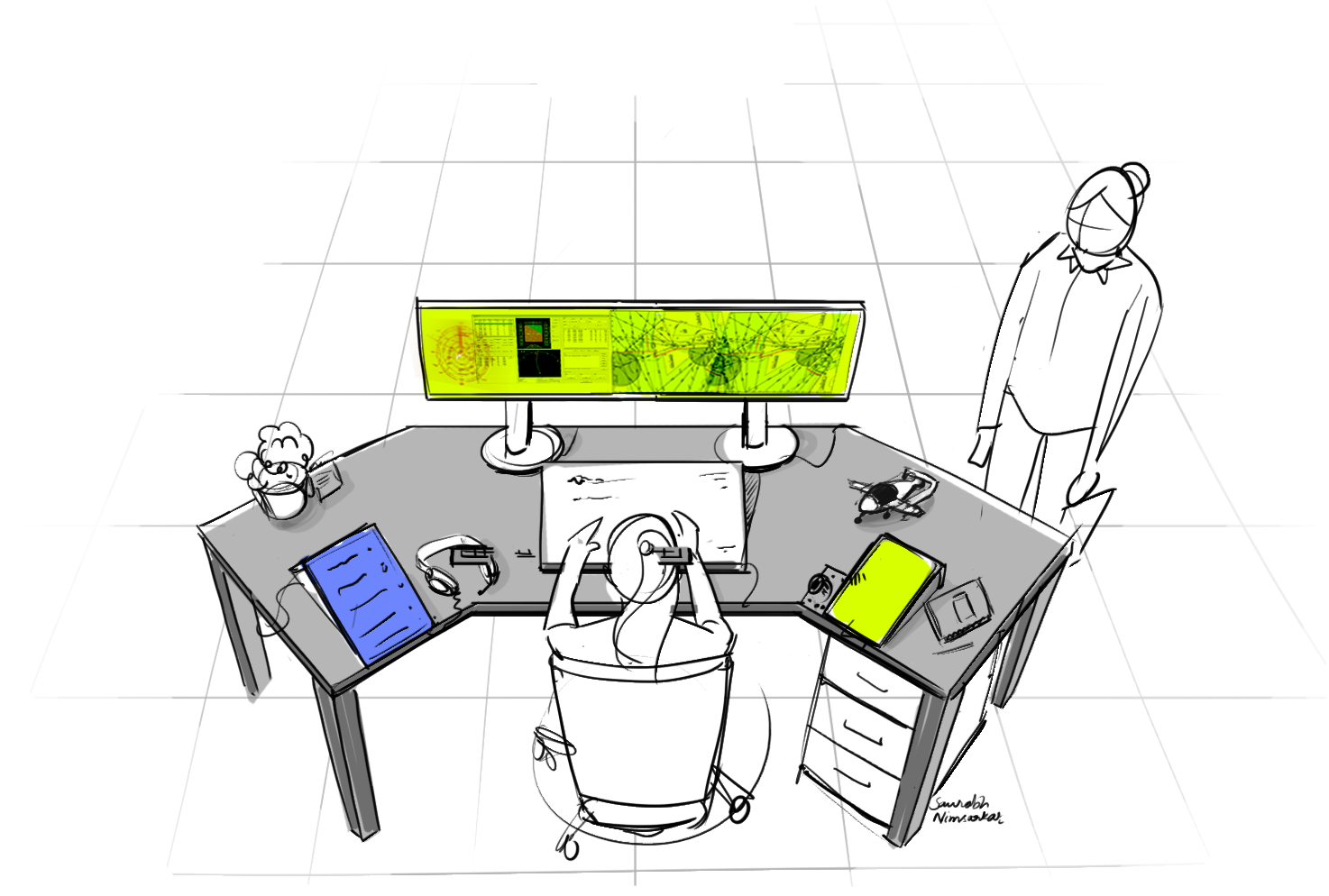
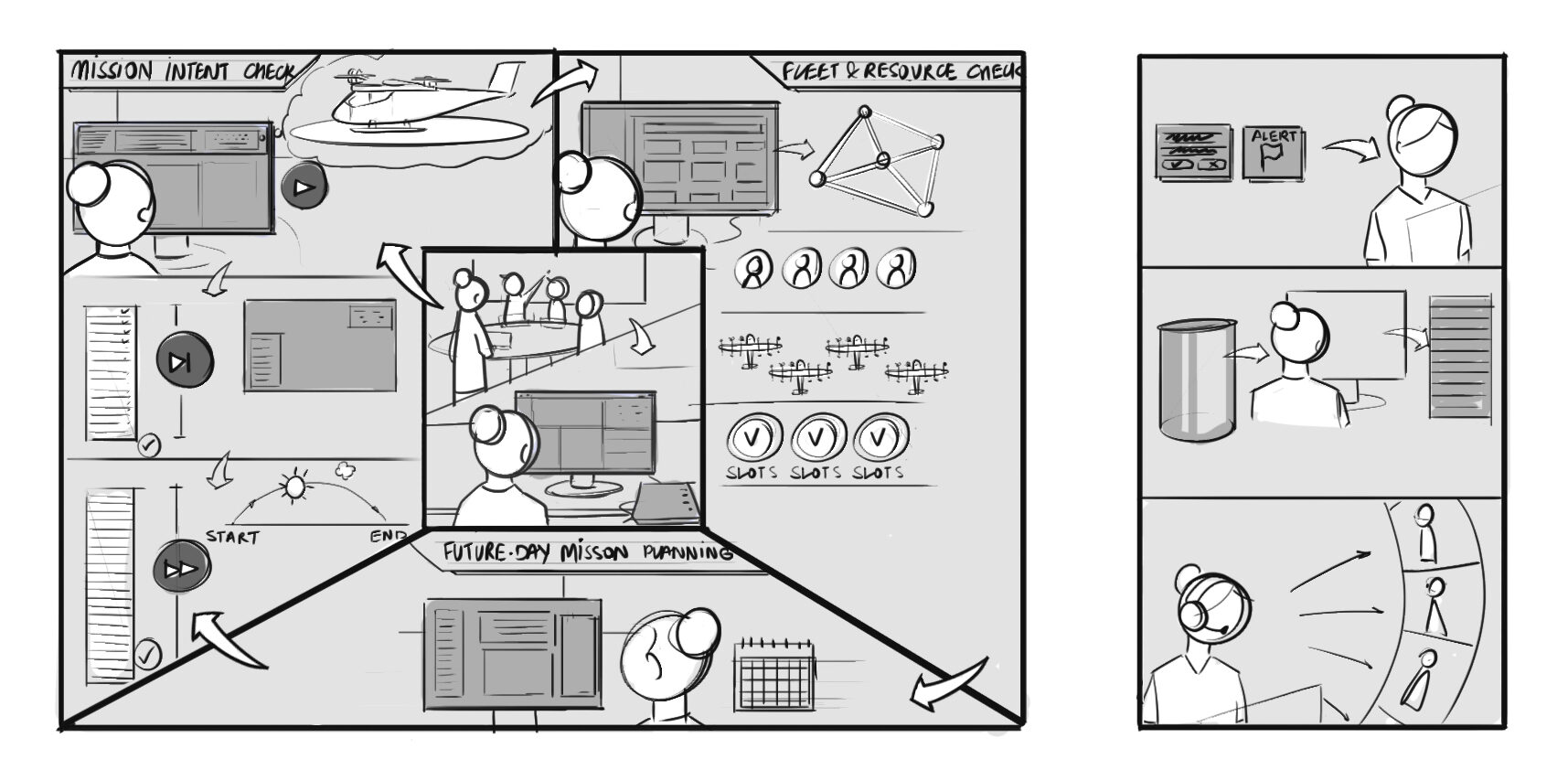
Non-Standard Passenger Journey
Storyboards are more than just depictions of perfect interactions with flawless technology. “They’re our gateway to explore challenges and dilemmas,” Nimsarkar says. Instead of portraying perfection, these storyboards delve into the ‘known unknowns’ and even the ‘unknown unknowns.’ Designed to be deliberately loose and conceptual, they encourage imagination and foster conversation. “A too-detailed storyboard has no gaps and limits exploration,” Nimsarkar notes, emphasizing that an idea often requires a visual or verbal or even performative catalyst to come alive. Through these iterative storyboards, the team taps into diverse scenarios, ensuring a comprehensive understanding of potential user experiences.
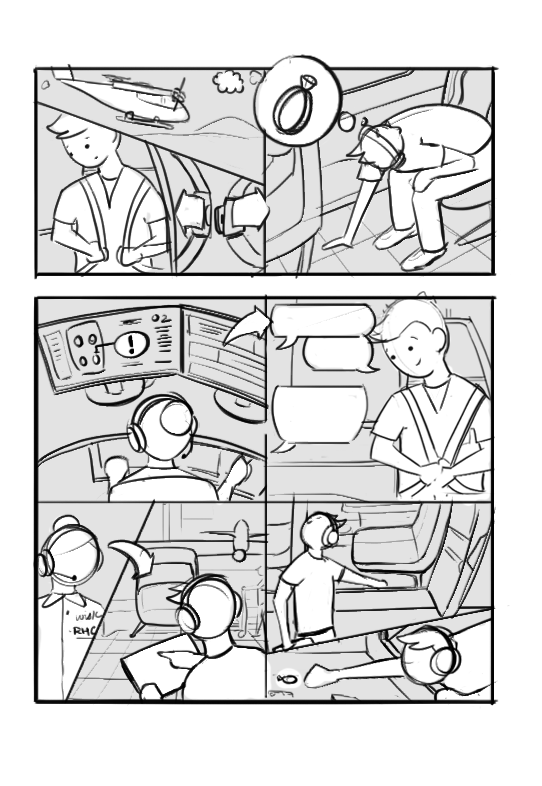
Lost and Found Scenario
As the landscape of UAM transforms, Wisk remains at the forefront of aviation, not only through technological innovation but also by placing an emphasis on passenger experience. Storyboards provide a more comprehensive and vivid picture that allows our teams to more effectively and efficiently implement a requirements-driven system engineering approach. Embracing storyboarding as a philosophy, Wisk envisions, anticipates, and crafts each stage of the journey of a persona, composing a memorable narrative.
